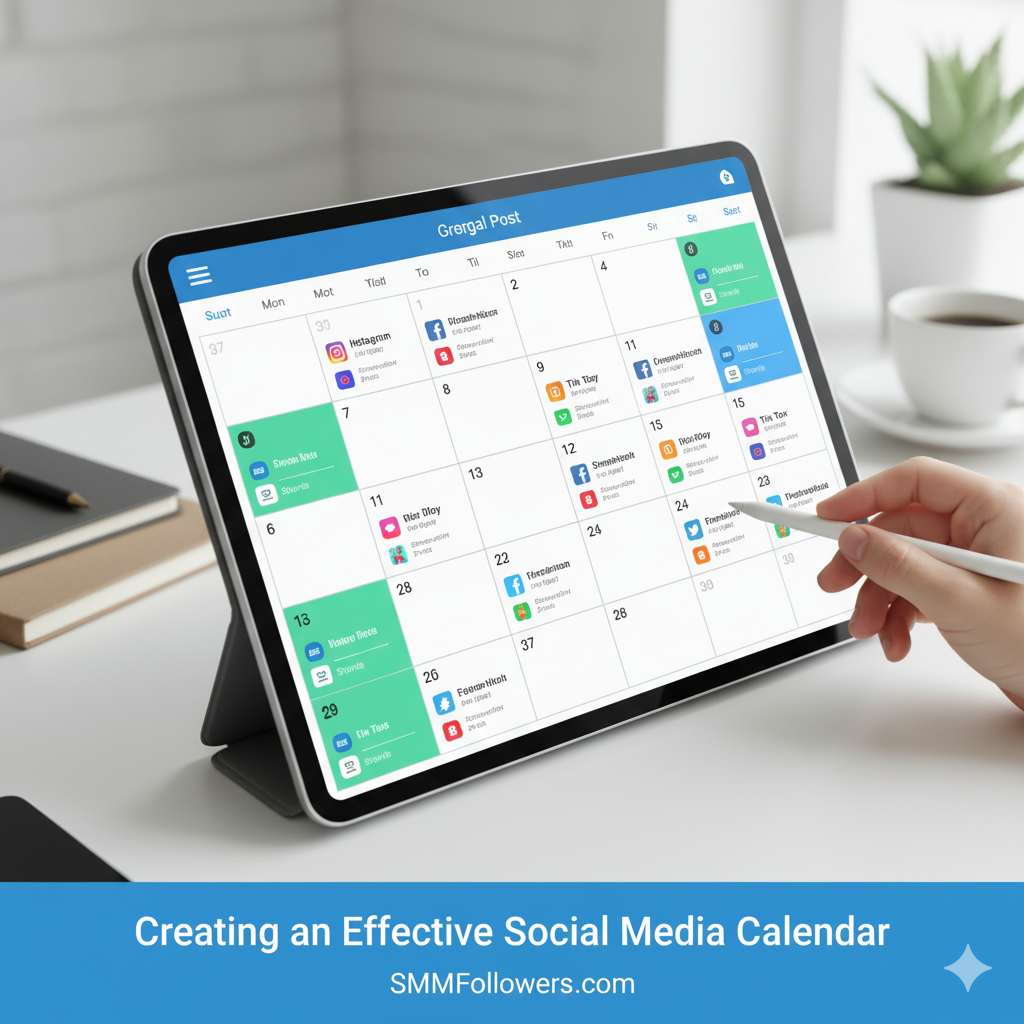Creating an Effective Social Media Calendar
Planning and consistency are the cornerstones of successful social media marketing. In this guide, we explore how to create an effective social media calendar that helps you organize your content, boost engagement, and save time while growing your brand online.
Introduction
In the fast-paced world of social media marketing, having a well-structured plan can make all the difference. A social media calendar enables content creators and businesses to strategize posts in advance, maintain regularity, and align marketing goals with audience expectations.
Using a calendar helps improve your workflow, avoid last-minute rushes, and ensure a diverse mix of content across your chosen platforms.
What is a Social Media Calendar?
A social media calendar is a scheduling tool that organizes what content you post, when, and on which platform. These calendars can vary from simple spreadsheets to advanced software that automates posting.
- Monthly Calendars: Great for long-term planning and overview of campaigns.
- Weekly Calendars: Detailed control over specific posts and their timing.
- Daily Calendars: Useful for day-to-day management and responsiveness.
Why You Need a Social Media Calendar
Consistency is key in social media success. A calendar helps maintain posting frequency, making your audience expect and look forward to your content. It also aids in content diversity, from promotional posts to educational and interactive content.
Further benefits include better time management, reduced content gaps, and strategic alignment with marketing campaigns.
Key Components of a Social Media Calendar
Building a comprehensive social media calendar involves several crucial elements:
- Content Themes and Categories: Define what types of content you'll post (e.g., tips, videos, user stories).
- Posting Schedule and Timing: Decide optimal days and times for each platform.
- Platform-specific Strategies: Customize content for Facebook, Instagram, TikTok, etc., according to their best practices.
- Important Dates and Events: Include holidays, product launches, and industry events to plan timely posts.
Tools for Creating Social Media Calendars
Technology offers powerful tools to make calendar creation and post scheduling effortless:
- Google Sheets: Flexible for collaborative and customizable calendars.
- Trello: Visual boards for content planning and workflow organization.
- Buffer and Hootsuite: All-in-one platforms for calendar building and automated scheduling.
Integrating a calendar tool with scheduling software ensures posts go live on time without constant manual effort.
Step-by-Step Guide to Creating Your Social Media Calendar
- Set Goals and Objectives: Determine what you want to achieve (brand awareness, sales, engagement).
- Research Your Audience and Competitors: Understand who you’re talking to and what works in your niche.
- Choose Your Platforms: Pick the ones where your audience is most active.
- Plan Content Types and Themes: Mix educational, promotional, entertaining, and interactive posts.
- Determine Posting Frequency: Decide how often to post on each platform for optimal reach.
- Schedule Posts Based on Analytics: Use data to pick the best times for attention and engagement.
How to Maintain and Optimize Your Social Media Calendar
A calendar is a living tool. Regularly monitor post performance and audience feedback to adapt your schedule and content types.
Utilize analytics tools to track engagement, reach, and conversions, and optimize your plan to maximize results.
Stay flexible to respond to trending topics, industry changes, or feedback from your audience.
Common Mistakes to Avoid
- Overposting or Underposting: Both can reduce engagement or annoy followers; balance is key.
- Ignoring Platform Differences: Tailor posts; what works on Instagram may not suit LinkedIn.
- Lack of Flexibility: Having a rigid plan can miss real-time opportunities.
Tips for Maximizing Your Social Media Calendar’s Impact
- Repurpose Content: Transform blog posts into videos, infographics, or quotes.
- Collaborate with Influencers: Amplify reach via partnerships.
- Leverage User-Generated Content: Build community trust and engagement.
Conclusion
An effective social media calendar is essential for any business looking to thrive in digital marketing. It brings structure, consistency, and strategy to your social media efforts.
With the right plan and tools, you can enhance your social media marketing strategy, increase audience engagement, and grow your brand efficiently.
Explore how SMMFollowers services can support your content growth, optimize posting schedules, and improve overall social media performance. To learn more, visit our How It Works page, contact us directly, or register to get started today.
For ongoing tips and insights, stay connected with our main blog page.
